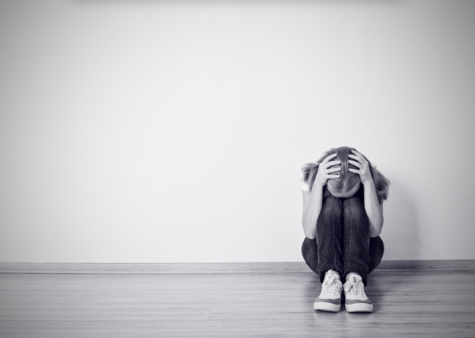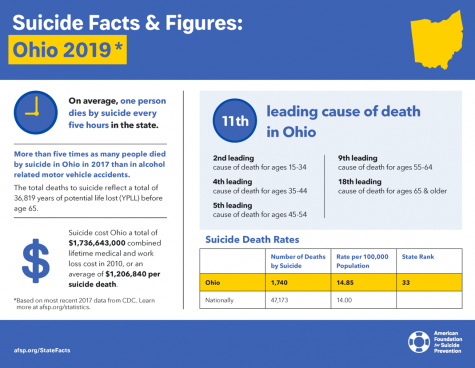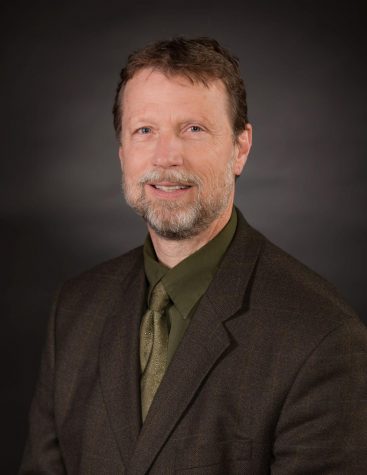Living with the fear of suicide

PHOTO SUBMITTED BY: DEBORAH SULLIVAN
Emotional wellness is one of AU’s seven dimensions of wellness.
October 4, 2019
“A year ago he was receiving some medical treatment for a kidney infection and his depression was really bad,” senior dietetics major, Jordan Koellner said. “He called me and was really upset and admitted that he Googled how much it would take to overdose on his prescriptions.”
The fear of losing a close family member to suicide is an unbearable thought for many, but it has been Koellner’s everyday reality for the past five years. One of his worst suicidal moments left her family startled and heartbroken.
“Luckily he knew how bad it was,” she said. “He dropped everything, drove home and then started receiving more treatment from his psychologist and psychiatrist.”
Koellner’s close relative was diagnosed with clinical depression towards the end of his senior year of high school at the age of 18.
According to Mental Health America, “Only about a third of those suffering from severe depression seek treatment from a mental health professional.”
Although advancements have been made, the topics of depression and suicide are often considered taboo.
“Mental illnesses are real and a lot of people don’t understand them because you can’t see a lot of physical symptoms like you do other illnesses,” Koellner said. “You don’t really fully understand it until you’ve been around it.”
Some common symptoms of depression include: loss of interest in activities once enjoyed, irritability, fatigue, difficulty concentrating and persistent sad or anxious mood, as stated by Mental Health America.
Koellner has seen her close relative transform from being outgoing and athletic to an enclosed and self-conscious person.
“I can always tell when he’s getting bad or going into another episode because he will stop caring about how he looks and he’ll stay home and sleep more,” she said.

Anyone can deal with mental health issues at anytime.
Koellner considers her family member’s severe suicidal moments to be an episode, coming and going depending on the circumstances.
“Some days it’s okay, it’s really great, then other days he will just hit something that triggers it and is really low for a while,” she said.
There has been more than one instance in which Koellner’s relative has threatened to take his own life.
“We have always been a gun-friendly family so he has admitted to me that there’s been a couple times where he thought about just ending it,” Koellner said.
According to the American Foundation for Suicide Prevention, firearms are the most common method of death by suicide, accounting for more than half of all suicide deaths.
Koellner and her close family member are best friends due to being only 15 months apart.
“Obviously the concept of death isn’t easy to deal with, but because of how close we are it just hits me super deep when I think of how bad he’s struggling,” she said.
Suicide is the eleventh leading cause of death in Ohio and the second leading cause of death for ages 15-34 in Ohio, as mentioned by the American Foundation for Suicide Prevention.

Suicide statistics for the state of Ohio.
Suicidal thoughts do not discriminate based on age, race or gender.
There is always the fear in the back of Koellner’s mind that someday she will receive a call that her relative has given up his battle with depression, she said.
Koellner admits that her close family member’s depression and suicidal thoughts have affected her relationship with him.
“He feels comfortable talking to me about it which in turn helps him a little bit but it’s also really hard on me to feel like all my actions that relate to him could affect him in a way that’s unintentional,” she said. “I want to push him to be a better person but I don’t want to push him too far where that’s what his excuse will be to do something.”
This constant balance-battle is something Koellner and her family frequently struggle with.
Her relative is currently working at a family-friend’s hunting and fishing camp in Canada. He is set to return home in a few weeks. Since he did not finish college, he feels like a failure in many aspects of his life, she said.
“He has a problem with not following through with things,” Koellner said. “What we work with him now is just trying to finish something that he commits to and build his confidence from there.”
This was the purpose of sending him to Canada for the summer.
Some warning signs of a suicide attempt include: verbal threats such as, “you’d be better off without me,” expressions of hopelessness, daring or risk-taking behavior or lack of interest in future plans, according to Mental Health America.
Ashland University has taken some initiatives over the years to raise awareness and prevent suicide on campus.
Deborah Sullivan, director of campus wellness, believes that suicide should concern all students because it correlates to AU’s dimensions of wellness.
“Obviously it would be a part of our emotional wellness, just recognizing and accepting our feelings and emotions and understanding how to handle those and seek help when you need it,” she said. “I also see it as our social wellness because you do have that support, you have those friends and family, you can seek it and know where to find the support if you need it.”
AU has hosted the suicide prevention and awareness walk for the past two years and last fall, Eagle Well brought in a therapy horse on national depression screening day.
“We used that as an opportunity to bring people in which was very successful and then to give them literature such as the text hotline number, some other handouts about managing stress and where to go for help,” Sullivan said.
Her goal is to reduce the stigma of suicide and mental health issues in general.
“I just want to make people feel comfortable and secure that it’s okay,” she said. “Let’s reduce the stigma, let people know the resources for help and give them hope and encouragement.”
Koellner’s close relative is taking things one day at a time. She makes sure she hears from him at least once a day and is hopeful for his return home.
“I’ve learned to just listen to what he says and why he’s saying it and just keep an open mind,” she said.
Sullivan wants to remind students that there are other ways to make the hurt go away. There is support all around, she said.
If you or someone you know is struggling with suicidal thoughts, there are many resources available on campus – Dr. Oscar McKnight in Counseling Services, Dr. Yvonne Glass in the Seminary program, Safety Services, campus “Emotional Wellness Resources” page, Office of Christian Ministry and Resident Assistants.

Dr. Oscar McKnight is available for counseling on the second floor of the Hawkins Conard Student Center.
The suicide prevention hotline is also available to call 24 hours everyday at 1-800-273-8255.

